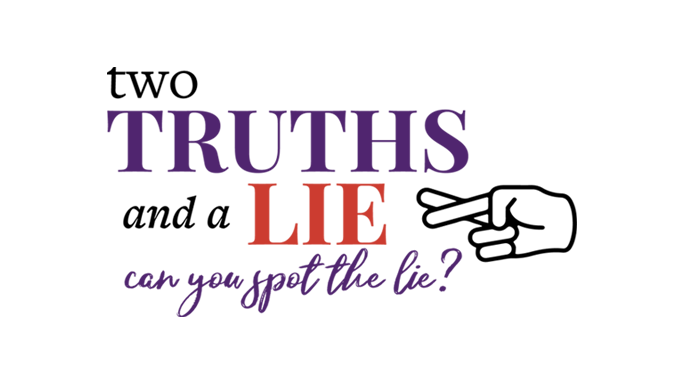Across our society and government institutions, Americans understandably struggled to navigate the COVID-19 pandemic. Some mitigation strategies were effective and helpful. Others—even those that may have been initially warranted—stayed in place far too long and have been abused. This is the case with the Department of Health and Human Services Determination of a Public Health Emergency and a related continuous enrollment requirement for the Medicaid program.
Everyone loves the party game/icebreaker “two truths and a lie.”
Can you identify which of the following is NOT true about Medicaid during the COVID-19 pandemic?
A. Medicaid was originally designed to protect the most vulnerable Americans, including indigent mothers, children, the elderly, and people with disabilities, from going without health insurance.
B. Expansions of Medicaid have improved general health and led to gains in life expectancy in the U.S.
C. Expanding public health coverage (like that offered by Medicare or Medicaid) to the full U.S. population would necessitate a 40% cut in payments to healthcare providers.
Let’s take these statements one at a time:
A. TRUE! Medicaid was originally a plan to ensure that certain at-risk populations would not suffer due to a lack of health insurance. Since its inception in 1965, the program has experienced various expansions. During the pandemic, enrollment grew by more than 17 million people, or 25 percent, to a total of more than 89 million. This means that today, Medicaid insures more than one in four Americans. Clearly, some policymakers see the expansion of Medicaid as a good thing, and as a path to universal government health insurance. But this path, paved with good intentions, will not lead to good outcomes.
Notably, the Medicaid program ballooned during the pandemic. The public health emergency determination allowed states to overload Medicaid with too many enrollees. This takes resources away from those who need them most, keeps too many people on inferior public coverage when they could otherwise be on private insurance plans, costs taxpayers in the form of increased social spending, and moves our public policy closer to government-controlled health care and farther from a vibrant, competitive private marketplace.
B. LIE! Expanded public health coverage through Medicaid has given more Americans access to government-provided health coverage but has been associated with mixed results related to health access and outcomes. The Medicaid expansion in the ACA has been studied in depth from a variety of angles. While Medicaid expansion was associated with reduced financial stress for enrollees, it was also associated with longer wait times for care, increased emergency department use, or more difficulty finding a physician. And it was not associated with any increase in longevity, as life average expectancy only decreased between 2013 and 2019 (and has further decreased since 2019, with COVID-19’s impact). In fact, mortality trends were worse, on average, in expansion states.
Policymakers concerned with a lack of access to high-quality health insurance for low-income Americans should focus on combating the root causes of high health insurance premiums: a lack of competition in our nation’s highly consolidated (and worsening) health insurance market, the costly and distortive employer tax exclusion for large group plans, and expensive federal health insurance mandates.
C. TRUTH! While “universal coverage” sounds like a noble goal, it’s actually problematic. Proposals like “Medicare for All” would necessitate a 40% reduction in average payments to hospitals and providers. This kind of budget slashing might make it possible for the United States to claim “universal coverage,” but would create true healthcare shortages, requiring significant hospital closures and life-threatening delays and denials of care. Quality care, not “coverage,” should be the goal.
Bottom line: Ending the COVID-19 Public Health Emergency and the continuous enrollment requirement for Medicaid presents a challenge, but also a great opportunity. Policymakers should work to preserve and strengthen Medicaid for those with the greatest need while making private health insurance affordable and accessible to able-bodied working-age adults. This would maximize access to the best health care and benefit Medicaid beneficiaries and taxpayers alike.

